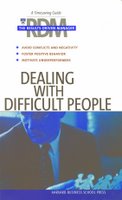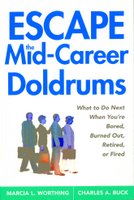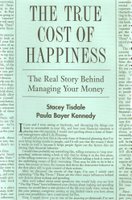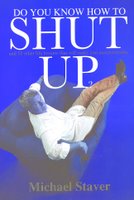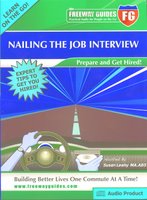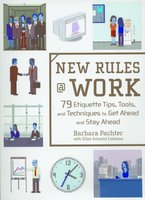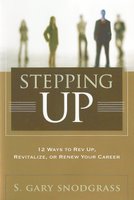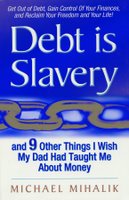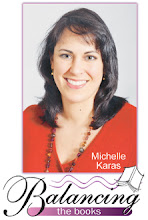A sad tale, albeit far from a book review

I was skiing at Mont-Tremblant in Quebec just three days before the ski accident that lead to the tragic death late Wednesday of actress Natasha Richardson.
I did not see Richardson, or recognize anyone famous at the gorgeous village nestled in the Laurentian mountains, about two hours north of Montreal. I practiced my limited French on the Quebecois folks I met there, and skied (without incident) six exhausting yet jubilant hours with my French-Canadian friends Lorraine and Peter down the slopes of Tremblant.
It was my first ski trip to Canada and I hope not my last. Mont-Tremblant and the two smaller hills I visited later in the weekend were spectacular. Incidentally, this was the first season during which I wore a ski helmet, which I purchased last year at the vocal urgings (inspired by my sister!) of my 7- and 9-year-old nieces — both of whom are always helmeted on the slopes.
I wonder if a helmet would have saved poor Richardson. The accounts on the newswire about her mishap acknowledge only a head injury with a deadly delayed reaction.
I’ve been a skier for 27 years (of my 36). I was a member of a race team through my junior high and high school years and later worked as a ski instructor and race coach at two Pa. ski areas. I can say without question — and I have the scars to prove it — it’s a dangerous sport.
My damage resume: Concussion, age 13; partial MCL and meniscal tear, left knee, 16; ACL complete tear, right knee, 17.
So why do I keep going back up that chairlift?
Skiing is my sport; The one thing I feel I do with complete grace (all injuries aside, that is). And when you’re piloting yourself down a mountain, there is no yesterday and no tomorrow. No taxes to finish, no ringing phone to answer, no weight of the world. You are living entirely in the clean, clear present. Your only purpose is to find the best line, or path, through the conditions at hand.
My dad once said to me I was only happy on the top of a mountain (the point being, I guess, that the converse is sometimes true). It certainly does improve my mood to be perched on the top of a mountain, be it on skis or in hiking boots!
As for Tremblant, there's a local connection. Mont-Tremblant, according to the Frommer’s guide I purchased for my trip, was built by Philadelphia millionaire Joe Ryan in 1939 and is one of the oldest ski resorts in North America. Mont-Tremblant’s vertical drop of 2,133 feet is twice that of our own Blue Mountain (1,082 feet) and more than four times that of Bear Creek (510 feet), by comparison. Coming from someone who's skied a few of Colorado's finest Rockies, that’s pretty high, and is some of the best skiing in the east - if not THE best. I'd rank it up there.
Richardson’s husband, actor Liam Neeson, had been working on a project in nearby Montreal. We can only imagine that she decided to take some time at a nearby world class resort to learn to ski, as she was in a beginner’s lesson at Tremblant when her initial fall happened.
Of course I didn’t know the actress, but I feel for her two young sons, and the family that rushed to her bedside after she was transferred to a Manhattan hospital, where she eventually died.
Her death is the talk of our newsroom, exacerbated perhaps by the fact that I was skiing at the same resort where she had her ill-fated spill.
When I was done skiing on my day at Tremblant, just a few days prior to Richardson's accident, I set off with my equipment in hand down the picturesque cobblestone streets of Tremblant. I was wondering if I could make the walk back to the hotel in my leaden ski boots as my knees screamed, and I said a little prayer of thanks for that injury-free day.
Thank God I didn’t wreck myself.
When can I go back?
Labels: Michelle Karas, Mont-Tremblant, Quebec, skiing
 RSS
RSS
